Hornton journalist brings home story of Srebrenica massacre with pictures
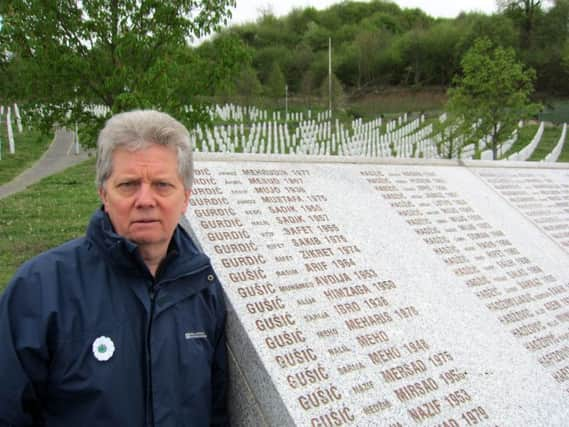

Mr Corke visited the former Yugoslavia, now physically recovered from the 1990s war but with many still deeply psychologically wounded by their experiences - not least the families of the 8,000 Muslim men and boys executed by the Bosnian Serbs.
As a governor of local schools, Mr Corke was taken to Bosnia by Remembring Srebrenica - set up to teach the consequences of hatred and importance of building strong cohesive communities.
Advertisement
Hide AdAdvertisement
Hide Ad“I suppose it’s aiming to remember the Srebrenica genocide in the same way as the Holocaust Memorial Trust remembers the Nazi genocide.The trip was fascinating but also very moving and very sobering,” he said.
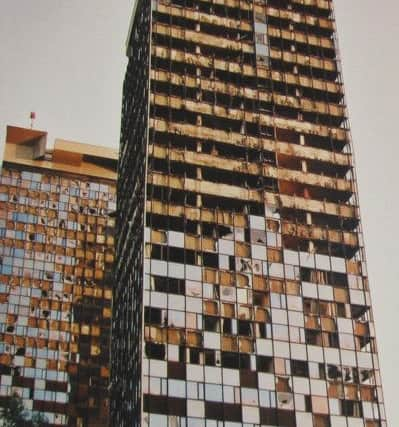

Mr Corke met Nejad Addic who survived the massacre which claimed his father, four uncles and five cousins.
For more history and stories and to find speakers willing to give talks about the subject see http://www.srebrenica.org.uk/
“You don’t have to go back to the Second World War to find concentration camps and genocide on European soil,” said Mr Corke.
Advertisement
Hide AdAdvertisement
Hide Ad“At the beginning of the 1990s a civil war raged as Yugloslavia broke up and the three main communities of Serbs, Croats and Bosnian Muslims began to fight each other. In July 1995, 21 years ago this year, the worst war crime in Europe since the Second World War took place. Over the space of three days around 8,000 men and boys were systematically executed.
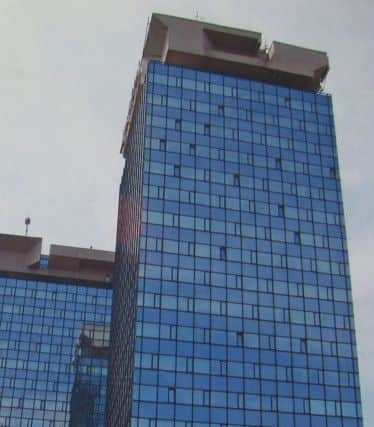

“The victims were members of the Bosnian Muslim community. The perpetrators were militia from the Bosnian Serb community and in some cases neighbour was killing neighbour. It happened in a city called Srebrenica, about three hours’ drive from Sarajevo. The International Court in The Hague has found that the massacre not only constitutes a war crime but also genocide.”
Mr Corke flew into the Bosnian capital Sarajevo last Saturday and was told about the story of the siege of Sarajevo.
“For almost four years the Bosnian Serbs, trying to take over most of Bosnia for their own people and expel the other communities, pounded the city with thousands of shells. It is the longest siege in modern warfare. The damage they did was terrible.
Advertisement
Hide AdAdvertisement
Hide Ad“The delegation I was with was taken to see how the city survived the onslaught. One unassuming building we were taken to was key. It contained a secret tunnel which allowed supplies and people to get in and out.
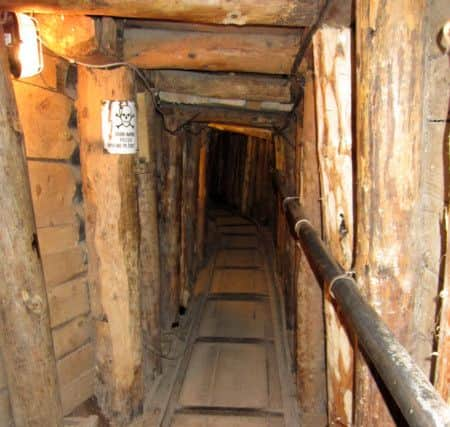

“Then we went to the city of Srebrenica itself. I spoke to one woman who’d lost 16 members of her family. She blames the Serbs of course, including some of the people living in in the area now. They separated the men and boys from the women and children and took them away to be shot. But she also blames the international community. The United Nations had declared the city a safe zone but when the Serbs forces entered it on July 11 1995, the UN peacekeepers from Holland surrendered.”
Mr Corke said the most moving testimony he heard came from Nejad Addic who was only 16 and was led away with all the men to be killed. He was lined up, shot three times and fell down but miraculously he survived.
“He managed to escape and now lives on to tell a terrible tale. He told me how the killings were meticulously planned in advance – you can’t just kill 8000 people in three days. The Bosnian Serb militia organised soldiers working in shifts, tying up the men, transporting them to the execution sites, carrying out the executions, moving the bodies. The aim was to eliminate all male Bosnian Muslims in the city so the community could never return to live there - ethnic cleansing. In the killing Nejad lost his father, four uncles and five cousins.”
Advertisement
Hide AdAdvertisement
Hide AdMr Corke was very impressed with Mr Addic’s attitude to his traumatic history.
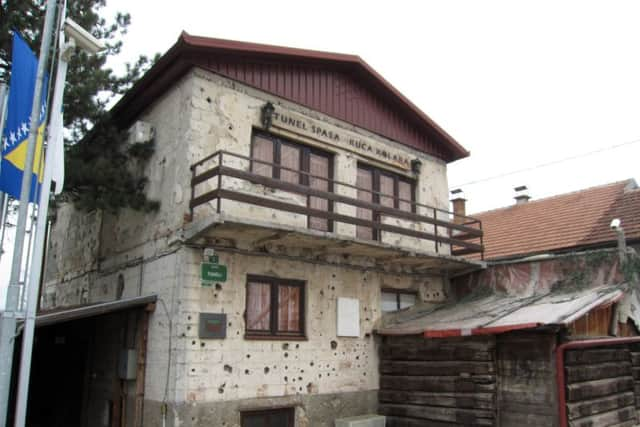

“He’s married with three small daughters and I asked him what he thought about the men who did this. Remarkably, he said ‘If I can get my daughters to grow up without hatred, I will have succeeded’,” said Mr Corke.
“He showed us the Srebrenica memorial – opened by Bill Clinton in 2003. It’s really only when you get up to the top of the cemetery and look back to see the sea of gravestones that you get a real understanding of the scale of the terrible crime the Bosnian Serbs committed 21 years ago.”
Since then some of the leaders of the Bosnian Serbs have been convicted and jailed by the International Criminal Court in The Hague.
Advertisement
Hide AdAdvertisement
Hide Ad“Just a couple of weeks ago the political leader of the Bosnian Serbs, Radavan Karadic, was given 40 years for his part in the genocide. General Ratko Mladic, the commander of the Bosnian Serb forces in on trial there right now,” said Mr Corke.
“And there has been a lot of work trying to identify the bodies. We visited the International Commisson on Missing Persons in Sarajevo, who have collected DNA samples from the families of the victims and matched them to bodies dug up in mass graves. About 70 per cent of the victims have been identified in this way and each year on July 11, the anniversary of the genocide, the new bodies that have been identified are reburied in the graveyard at the Srebrenica memorial.
“In other ways little has changed. Although some members of the Serb community in Bosnia have accepted terrible things were done in their name, a lot refuse to accept the genocide happened at all. Or they say it wasn’t genocide. Or they say it wasn’t as many as 8000 people. Or they say the men were enemy combatants because they were buried near the sites of battles away from the city. It is true that many victims were found in mass graves like that near the battlefields but the ICMP showed us how they’d found forensic evidence that the victims were buried in one mass grave and later moved to another.
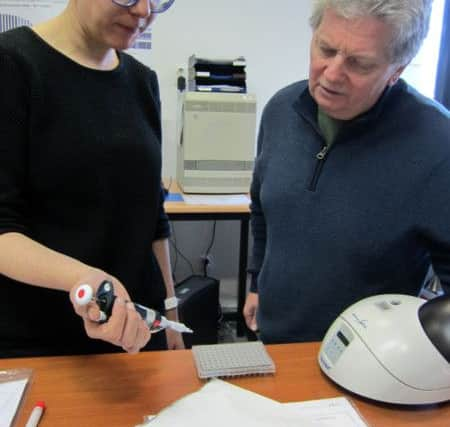

“The other excuse sometimes given is that there were war crimes on all sides. There most certainly were but most historians now accept that the war crimes of the Serbs were on a completely different scale from anything the Croats or the Bosnian Muslims did.
Advertisement
Hide AdAdvertisement
Hide Ad“Some may say this is just anti-Serb propaganda. As there are people who say the Holocaust didn’t happen, there are people who say the Serbs’ war crimes didn’t happen. They did – and charities like Remembering Srebrenica want to make sure that they don’t happen again on the continent of Europe.
“To do that they are trying to get as many people as possible to go onto their website – just www.srebrenica.org.uk – where they can find out more information. And they can find out how you can take part in remembrance events which take place every year on the July 11 anniversary. Perhaps they can apply to go out to Bosnia with the charity to find out more. It’s a trip you won’t forget in a hurry.”